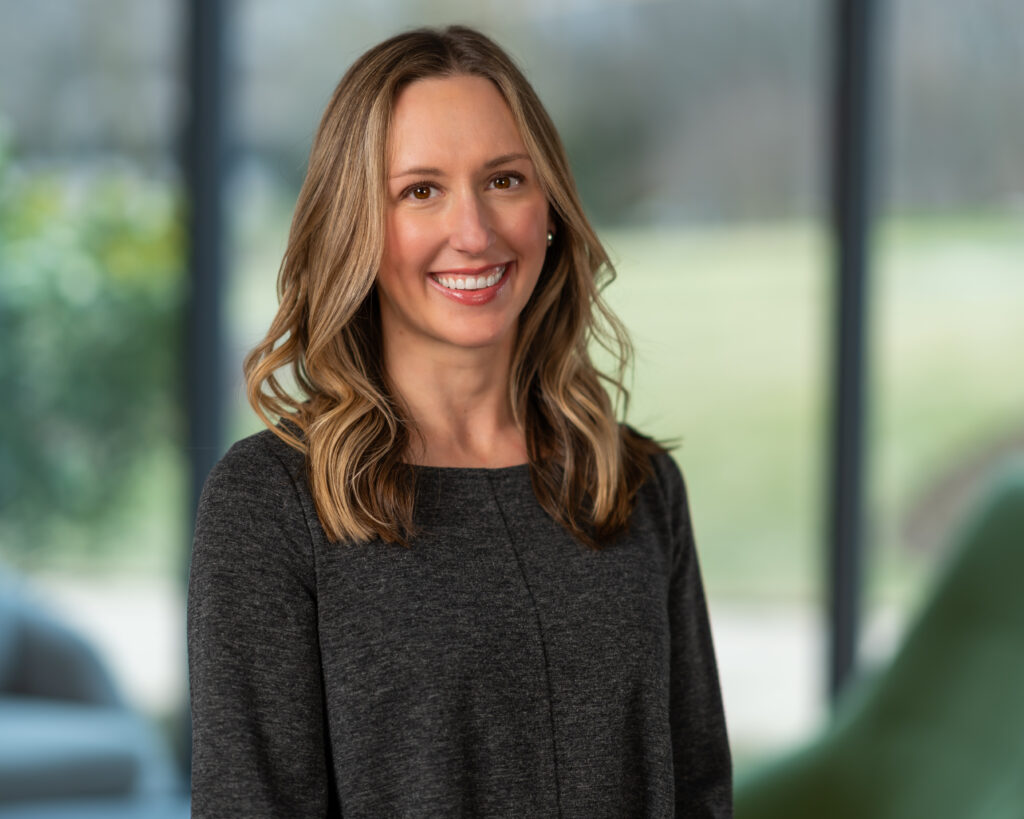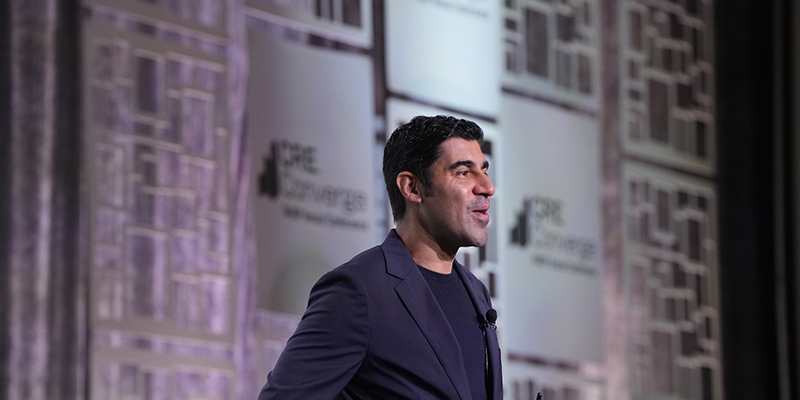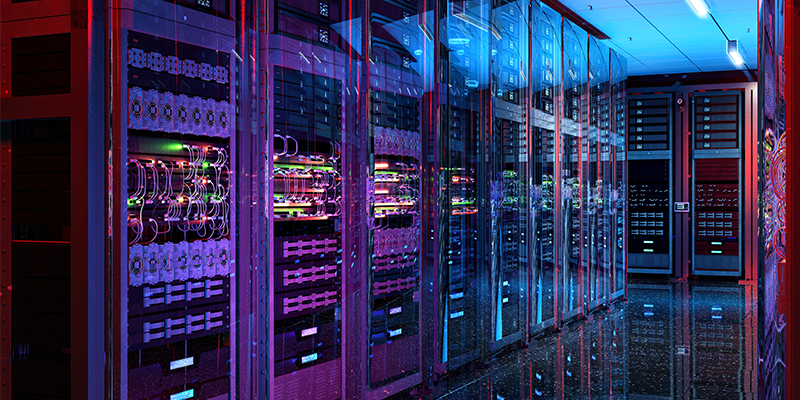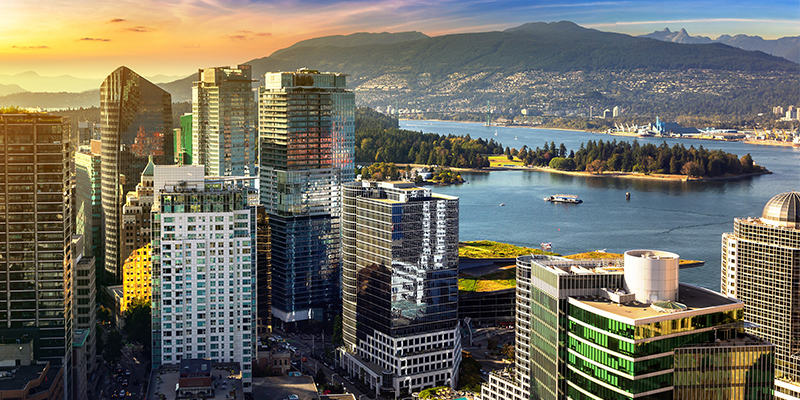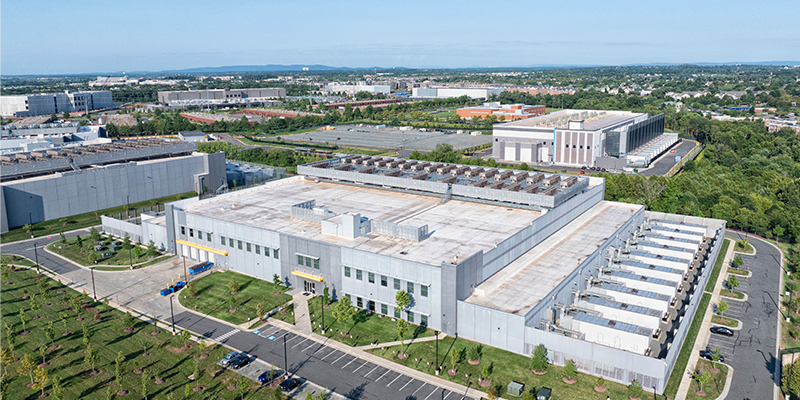At I.CON Cold Storage, attendees had the opportunity to hear from four very different cold storage end users who shared their decision-making criteria, key priorities and needs for cold storage facilities today. Chris Cummings, partner with OnPace Cold, moderated the discussion with panelists William Casey, general manager, Pinnacle Real Estate-Gordon Food Service Real Estate; Juan Camilo Meisel, founder and CEO, Grip; Blair O’Connor, senior director of real estate, Wonder Group, Inc.; JD Schwefler, head of site selection and design solutions, Arcadia Cold Storage.
“Cold storage is far from a catchall. There’s a ton of variability in terms of temperatures, design, layout and requirements for each user. Our panelists today cover the gamut from production to distribution, e-commerce, food service and retail,” Cummings began.
There’s very limited second-generation cold space on the market right now, he said, pointing out that the space that exists is often either locationally challenged or functionally challenged. Cummings asked the panelists: “Has your company’s expansion been mainly greenfield, retrofit or taking down an existing facility? And what are the drivers – give us a quick walk-through of why.”
“For our business, focusing on broad-line food service distribution, our customers are restaurants, regional chains and large national chains,” Casey said. “With that as the core of the business, as we look to expand our footprint and grow into markets, it tends to be very customer driven. So greenfield would be our primary avenue, though those facilities are very expensive,” he added.
“In order to play in this industry, the [public refrigerated warehouses] industry, you have to have a national network if you want to be relevant with a lot of the major food manufacturers and retailers,” Schwefler said. “Our plan is to develop that national network.”
Historically, Camilo Meisel’s company has utilized existing buildings – the main reason being speed to market.
“E-commerce, if and when it goes well, tends to scale up pretty fast because you’re dealing directly with the consumer and you might be hitting on important trends in the country,” he said. “So just to be able to get to the market, you need to get into existing buildings.”
That doesn’t mean it has to be New York City – just close enough to the major logistics hubs. The goal is to get across the country in one day. “Fewer people have to touch that box if you’re closer to the customer, and you also need to add less refrigerant, which reduces your cost,” Camilo Meisel explained.
O’Connor shared his experience at Wonder Group Inc., which started just five years ago. “The idea was to kind of go into it slow… and COVID-19 hit.” The company’s investors told O’Connor to “go get after it,” and after a Series A financing round, a cash infusion allowed them to invest in existing buildings on the cold chain for maximum speed to market. “We are going to get to a campus setting in three to five years,” he added.
Cummings asked the panel about any consumer trends that they’re seeing coming out of the COVID-19 pandemic and how they affect warehouse production, design and/or location.
“Just-in-time orders have been a significant shift within the industry,” said Casey. For example, an automated facility that the company has had for several years may have some automation, but not set up in that way to produce the necessary speed to market.
Then there’s the significant increase in SKUs (Stock Keeping Units). “Go to the frozen pizza section today and you have 50 options. What do those complexities – the SKU proliferation – do to your business?” asked Cummings.
“From the distributor side, we’re not going to go out and necessarily build or buy more space to handle that,” said Casey. “But we have to be able to compete with startup companies, new companies or smaller specialty companies.” To do that, Casey said the company can introduce new technology within their warehouses, extend product offerings, or implement routing software that changes the size of deliveries. The world of minimum orders – where the truck only comes once per week – has gone away.
“Actually, we’ve seen a shift the other way, where a lot of these manufacturers that we’re working with are reducing the number of SKUs versus expanding them,” Schwefler said. This way, businesses don’t have to worry about changing their lines over or having as many items to manage. So instead of having 14 flavors, they have three.
What’s in the future for cold storage? Sustainability, transparency and convenience.
“I think the American consumer is changing,” said O’Connor. “There’s a whole generation now that wants to know, was it ethically sourced? Where did it come from?”
“Sustainability is obviously a big focus in terms of the end consumers,” Casey agreed. “They’re the ones in a lot of ways that are driving retailers, food service companies, to be able to say that they’re sustainable in their supply chains and what they’re producing and providing.”
Having access to that kind of information will require technological solutions within the cold storage facility, he added.

This post is brought to you by JLL, the social media and conference blog sponsor of NAIOP’s I.CON Cold Storage 2023. Learn more about JLL at www.us.

